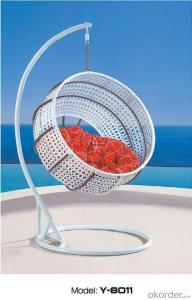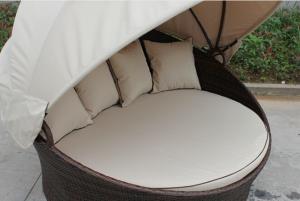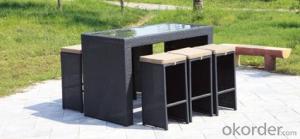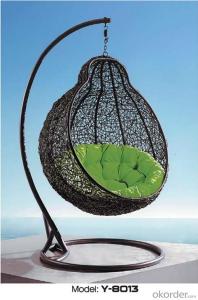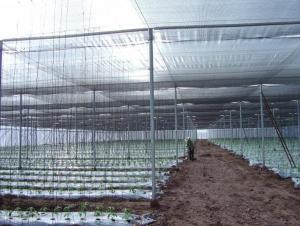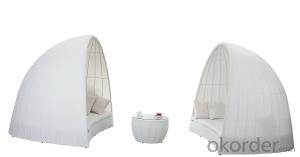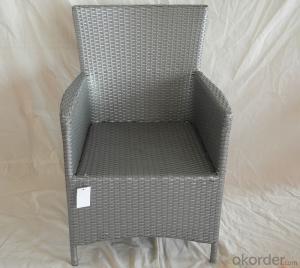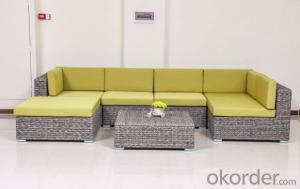Outdoor Solar Inverter
Outdoor Solar Inverter Related Searches
Teal Accent Chair With Arms Galvanized Steel Garden Beds Stainless Steel Patio Heater light bond plus aluminum 24 X 50' Aluminum Trim Coil Aluminum Trim Coil 24 X 50 Aluminum Grate Mesh 1/8 Aluminum Flat Stock Outdoor Furniture Cast Iron E Revo 2.0 Aluminum Skid PlateHot Searches
Used Hotel Patio Furniture For Sale Wicker Stools For Sale Outdoor Led Screen Price Alcoa Aluminum Stock Price Today 1 4 Aluminum Plate Home Depot 1/4 Aluminum Plate Home Depot 1 8 Aluminum Plate Home Depot Outdoor Led Screen Cost Outdoor Led Screen Manufacturers Outdoor Led Signs Wholesale 1/2 Inch Aluminum Plate Near Me 1/4 Inch Aluminum Plate Near Me 1 4 Inch Aluminum Plate Near Me Outdoor Led Signs Prices Led Signs Outdoor Prices Aluminum Trim Coil Near Me 1/2 Aluminum Plate Near Me 1 4 Aluminum Plate Near Me 1/4 Aluminum Plate Near Me 3/8 Aluminum Plate Near MeOutdoor Solar Inverter Supplier & Manufacturer from China
Okorder.com is a professional Outdoor Solar Inverter supplier & manufacturer, offers integrated one-stop services including real-time quoting and online cargo tracking. We are funded by CNBM Group, a Fortune 500 enterprise and the largest Outdoor Solar Inverter firm in China.Hot Products
FAQ
- Yes, a solar inverter can be used with concentrated photovoltaic thermal (CPVT) systems. CPVT systems combine the use of concentrated solar power (CSP) and photovoltaic (PV) technologies, where sunlight is concentrated onto PV cells to generate electricity while also capturing heat for thermal applications. Solar inverters are essential components in PV systems as they convert the generated DC electricity into usable AC electricity for grid connection or local consumption. Therefore, a solar inverter is necessary to convert the DC electricity produced by the PV cells in a CPVT system into AC electricity for practical use.
- The role of a solar inverter in a solar-powered electric fence is to convert the direct current (DC) generated by the solar panels into alternating current (AC) that is used to power the electric fence system. The inverter ensures that the energy captured by the solar panels is transformed into a usable form for the electric fence, allowing it to function efficiently.
- Yes, a solar inverter can be used with solar-powered streetlights. The solar inverter is responsible for converting the direct current (DC) produced by the solar panels into alternating current (AC) that can be used to power streetlights. This conversion allows the solar-powered streetlights to operate efficiently and effectively, utilizing the energy generated by the solar panels.
- No, not all solar inverters are compatible with all solar panels. The compatibility between inverters and panels depends on various factors such as voltage, power rating, and technology used. It is important to ensure that the inverter you choose is specifically designed to work with the type and specifications of the solar panels you have.
- The role of a solar inverter in a solar-powered telecommunications system is to convert the direct current (DC) produced by the solar panels into alternating current (AC) that can be used to power the telecommunications equipment. It also ensures that the AC power is stable and at the necessary voltage and frequency for the proper functioning of the system.
- A solar inverter handles power surges or fluctuations by employing various protective mechanisms. It typically incorporates surge protection devices, such as varistors or metal-oxide varistors (MOVs), to absorb and redirect high voltage spikes caused by power surges. Additionally, inverter designs may include capacitors that help smooth out voltage fluctuations and stabilize the power output. These protective features ensure that the solar inverter can effectively handle power surges or fluctuations, safeguarding the system's integrity and preventing any damage to connected devices.
- No, a solar inverter cannot convert DC power to AC power during a power outage. During a power outage, the solar inverter relies on the grid to function, and without grid power, it cannot convert DC power from the solar panels into usable AC power.
- The role of anti-islanding protection in a solar inverter is to ensure the safety of electrical grid workers by preventing the solar inverter from energizing the grid during a power outage. It is designed to detect grid failures and immediately disconnect the solar system from the grid, avoiding a potentially dangerous situation known as islanding. This protection feature helps maintain the stability and integrity of the electrical grid and protects both the grid workers and the solar system itself.

